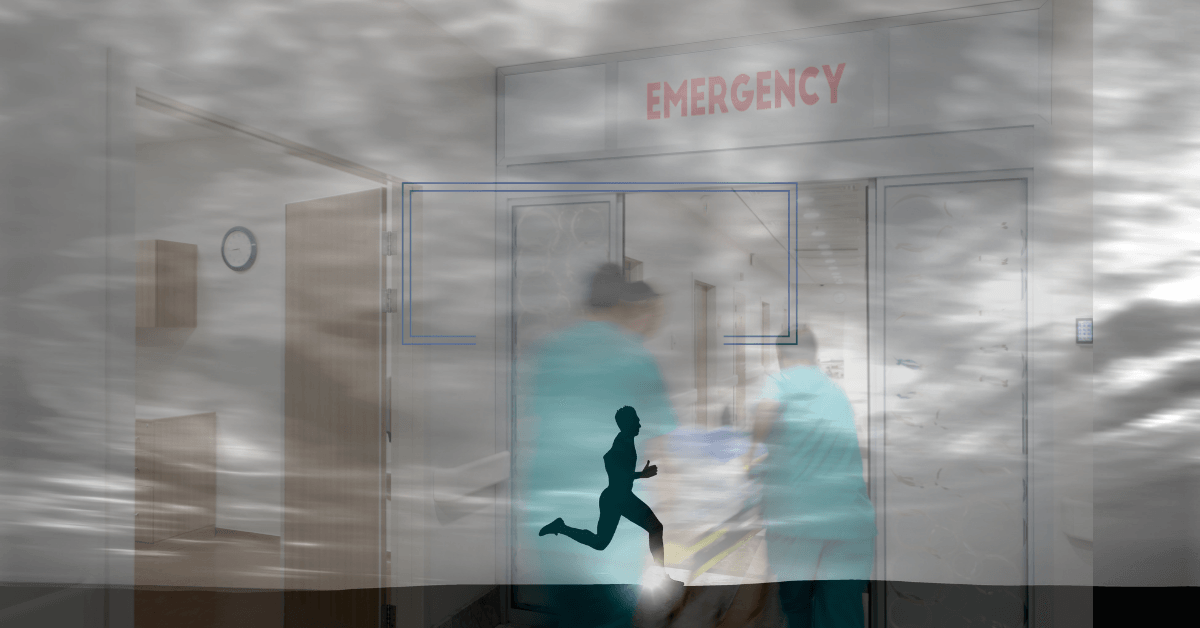I like to consider myself a veteran runner, meaning I have logged plenty of miles over the years in half and full marathons. And why I am always looking to improve upon my previous performances. There is a strong sense of personal satisfaction when I know I have trained as hard as I possibly could in order to achieve my goal of placing within my division. Will I ever come in first? Probably not, but it is the journey rather than the destination that matters.

For the past year I have been working for TeleTracking as a consultant with Advisory Services. Invariably the question of how I train for races while on the road always comes up. Avid runners will ask how many miles I run in a week, whether I run on the road or on a treadmill, the intensity in my runs, the consistency in my plan―and basically is there a secret sauce that puts this all together for me to have success in 18 weeks? Understanding the foundation of my training program may give you insight into why I am training, and my program may provide others with the information on what to do and when to do it. However, the structure and mental stamina required to stay with the program is the most important aspect.
On a related note, I get the same types of questions from clients who want to know how other hospitals are achieving emergency department throughput success, and what emergency services can do to become more efficient in their throughput strategies. This got me to think about how we (and by “we” I mean Healthcare Executives, Physicians, and hospital clinical staff) tend to overthink why some emergency departments achieve success, while others never quite reach their goals. Basically, we often know too much for our own good and then make things more complicated then they need to be.
Emergency services staff, like individual runners, must make a concerted effort to improve individual performance. However, the environment in which they run their race impacts how well they perform. Just like race directors and their staff do their best to set conditions for runners to succeed, organizational leadership must set conditions within their departments to cultivate successful throughput strategies. But how is this done? Leading ED experts, like Dr. Jody Crane, propose that this may be best accomplished by building an improvement team, conducting streaming analyses, aligning staff, and perhaps most importantly, keeping an eye on the back end1.
No different than race event teams, hospital executive teams must organize and support their major departments to achieve efficient patient throughout strategies for success.
The emergency department personnel who are successful have an executive team with well thought-out, strategic priorities that are aligned with improved throughput, reduced boarding hours, improved left without being seen numbers, and decreased admitted and discharged length of stay times. Over the past six months, I have been working with a client who has demonstrated a willingness to adopt the all-in attitude I wrote about earlier. By embracing these ideals and focusing on the following process or “lead” metrics, the client has enjoyed outcome or “lag” metrics― including a 50% reduction in treat and admit times, a less than 1% left without being seen rate, as well as provided an opportunity for the department to increase their ED patient volume.
ED Patient Flow Best Practice Targets:
| Best Practice (Process or LEAD) Metric |
Target |
| Read to Move (RTM) to Bed Assignment |
Less then or Equal to 15 Minutes |
| Bed Assignment to Patient Occupy |
Less then or Equal to 30-45 Minutes
(based on facility size)
|
All of this could not have been done without a supporting cast. And as the ED staff began to hit “the wall”, the CEO, CNO, COO were out there cheering on the team, providing the vital support that people need to hear at the right time. Creating an atmosphere that is supportive, removes barriers for success, ensures all partners are accountable to the overall operation― and above all guarantees everyone is clearly communicating. This type of atmosphere keeps people going and fueled up to finish and most importantly wanting to do the race again.

